Alan Watts (alanwatts.org, "Mythology of Hinduism," Part II), Pacifica Free Speech Radio Los Angeles (KPFK.org); Amber Larson, Dhr. Seven, Ashley Wells, Seth Auberon, Wisdom Quarterly
 |
| Brahminical/Hindu (Avalokitesvara) influence on Kwan Yin, a Buddhist Bodhisattva (Bouddha aux Mille Bras, Wat Laem Suwannaram, Koh Samui, Thaïlande (Micky75017/flickr) |
 |
| The mythological (comprehensible) versus the metaphysical (ultimate): How we tell the story matters. The divine couple on Earth, the dark-skinned lord Krishna and radiant Radha, like Shiva and Shakti/Parvati, Brahma and Prakriti... |
.
 |
| Who were the "Hindus"? |
Former British Episcopalian priest, Californian Zen teacher Alan Watts gives the second of a remarkable concise explanation of Hinduism, the Eastern Philosophy on which Mahayana Buddhism is based. The Brahmins co-opted the Buddha's new message, the Buddha-Dharma, and subordinated it to the the old Vedic "eternal" (sanatan) law or message. But few Mahayana Buddhists are aware of the fact that so much of what we consider "Buddhism" is actually counter to what the historical Buddha Shakyamuni (Siddhartha Gautama) taught. They are perfectly in line with the old view of the theistic cosmos and it's operation. Those who do know think, then, that the Buddha was an avatar, an incarnation of the God Vishnu, as Brahmins insist. And all religious roads by different means aim and arrive at the same place.
%2BKingdom%2BWIKI%2BBy%2Bwhat%2Broute%2Bdid%2Bthe%2BPrince%2Btravel%2Bto%2BIndia%2Bfrom%2BScythia-Sakastan-Afghanistan%2BWisdom%2BQuarterly.png) They do not. What the Buddha taught veered away from the Vedas, the ancient Indus Valley Civilization's "Knowledge Books," the sacred texts of modern India. As part of the wandering ascetic (shraman) movement, the Buddha rejected the Brahmins' religion and the temple priests' empty rituals. Why? Prince Siddhartha, who was neither a Hindu* nor a Brahmin. He was a Scythian and categorized by Brahmin caste members as a warrior (kshatriya), but this does not mean he or his clan were part of "India."** Indeed, there was yet no "India" and no "Hinduism" but only feuding states, loosely affiliated kingdoms, and clan-held territories (janapadas), which Emperor Asoka would later unite into something one could call a unified single land. In this ferment, a young Prince Siddhartha went from his cosmopolitan crossroads (rich Bamiyan, Afghanistan on the Silk Route) to the ancient city of Varanasi and the Kingdom of Magadhi, into what is now Bihar (named after the many Buddhist Viharas that later dotted the land after the wandering ascetic Siddhartha became the Buddha in Budh Gaya, the Awakened One in "Awakening Grove," now Bodhgaya.
They do not. What the Buddha taught veered away from the Vedas, the ancient Indus Valley Civilization's "Knowledge Books," the sacred texts of modern India. As part of the wandering ascetic (shraman) movement, the Buddha rejected the Brahmins' religion and the temple priests' empty rituals. Why? Prince Siddhartha, who was neither a Hindu* nor a Brahmin. He was a Scythian and categorized by Brahmin caste members as a warrior (kshatriya), but this does not mean he or his clan were part of "India."** Indeed, there was yet no "India" and no "Hinduism" but only feuding states, loosely affiliated kingdoms, and clan-held territories (janapadas), which Emperor Asoka would later unite into something one could call a unified single land. In this ferment, a young Prince Siddhartha went from his cosmopolitan crossroads (rich Bamiyan, Afghanistan on the Silk Route) to the ancient city of Varanasi and the Kingdom of Magadhi, into what is now Bihar (named after the many Buddhist Viharas that later dotted the land after the wandering ascetic Siddhartha became the Buddha in Budh Gaya, the Awakened One in "Awakening Grove," now Bodhgaya.AUDIO (Archive.KPFK.org)
 |
| Available for 59 days beginning: Sunday, January 18, 2015 8:00-8:30 am (KPFK). |
.jpeg) |
| Central Asian/Indo-Scythian Buddha, Gandhara |
The Buddha offered nirvana as a remedy to samsara. Mahayana Buddhists like Brahmins (we loosely call Hindus as if they represented the true religion of India) before them said, "Nirvana is samsara."
If this is all a game, a divine drama, a play (lila, like "lilt" Watts comments), then there is nothing to worry about. The goal can be to awaken from the round, samsara, or one could simply go along playing forever because one is eternal.
The atman (self, soul) is Brahman (the Ultimate Reality). This is exactly the way people talk about emptiness and nirvana, as if nirvana were our True Nature, our Buddha Nature, and Bodhicitta something always at hand which we are not realizing. It is all very seductive and leads away from the historical Buddha's message of awakening as quickly as possible, final liberation, realizing that we are not eternal, but that the impersonal and painful process will continue to roll along for as long as we are ignorant. Awaken.
The Truth would set us free...if only we will make efforts to realize it now.
 FOOTNOTES: *There was no "Hinduism" and would not be until Adi Shankara was to create it many centuries later by gathering disparate religious beliefs from all over India and systematized them into one coherent religion. One of the reasons he felt compelled to create a national religion is because of the success of the foreigner, the Buddha, and his Dharma. Shankara and others wanted their own native religion, Vedic Brahmanism, back. Of course, this was not the native religion of wildly free and open India which had long been famous for housing all kinds of views and practices. But as Shankara was a Brahmin and the Brahmins had long ruled, their high minded, written doctrines -- from the defunct Indus Valley Civilization -- was held up as the core values with other popular movements, such as Buddhism, welded onto it, even if they seemed or were in fact contrary to it. The foreign prince from the wild and lawless, uncivilized frontier land to the west was subsumed into the new Hinduism by simply making his a Hindu god, a mere avatar/incarnation of one aspect of the Triumvirate God (Brahma-Vishnu-Shiva). By subordinating Buddhism, Shankara effectively destroyed the Buddha's liberating message and the path to enlightenment and nirvana, replacing it with the mishmash of visions and fragments provided by seers (rishis) and poets (writing slokas, verses, hymns to Brahma) and commentators (there is a long tradition of commenting in India).
FOOTNOTES: *There was no "Hinduism" and would not be until Adi Shankara was to create it many centuries later by gathering disparate religious beliefs from all over India and systematized them into one coherent religion. One of the reasons he felt compelled to create a national religion is because of the success of the foreigner, the Buddha, and his Dharma. Shankara and others wanted their own native religion, Vedic Brahmanism, back. Of course, this was not the native religion of wildly free and open India which had long been famous for housing all kinds of views and practices. But as Shankara was a Brahmin and the Brahmins had long ruled, their high minded, written doctrines -- from the defunct Indus Valley Civilization -- was held up as the core values with other popular movements, such as Buddhism, welded onto it, even if they seemed or were in fact contrary to it. The foreign prince from the wild and lawless, uncivilized frontier land to the west was subsumed into the new Hinduism by simply making his a Hindu god, a mere avatar/incarnation of one aspect of the Triumvirate God (Brahma-Vishnu-Shiva). By subordinating Buddhism, Shankara effectively destroyed the Buddha's liberating message and the path to enlightenment and nirvana, replacing it with the mishmash of visions and fragments provided by seers (rishis) and poets (writing slokas, verses, hymns to Brahma) and commentators (there is a long tradition of commenting in India).
**"India" is a name given to the post-Asoka subcontinent. At the time of the Buddha the region, with different borders, was called Jambudipa, which means "Rose Apple Land." The Buddha was from the "Middle Country," which was Central Asia, west of today's northern India. But the Buddha came to live in Bihar and Magadha, and the Scythians later followed him and expanded their territory (janapada) into those lands. India did not extend to include Gandhara, Pakistan, Afghanistan, Iran, and the other stans that run down from Ukraine to the Indus River. Rather, Shakya Land (roughly Indo-Scythia, Sakastan, or Greater Afghanistan, which the Shakya Clan held from three capitals, including Kapilavastu, modern Bamiyan, Afghanistan) extended its influence into what we now call India by following the footsteps of their spiritual prince and taking over those lands as their own for a time.
It is not easy to find an accurate history, for it is buried in India-glorifying and Jonesian histories. See a Non-Jonesian view at ranajitpal.com and cursory overviews of ancient territories on Wikipedia.






















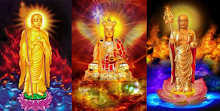



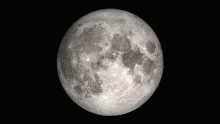















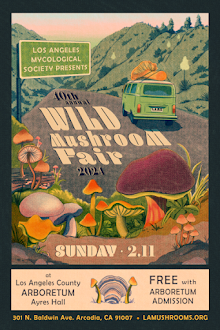

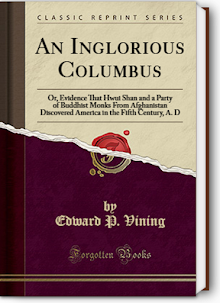













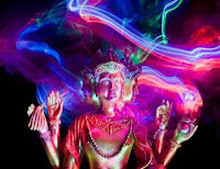









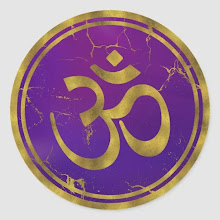































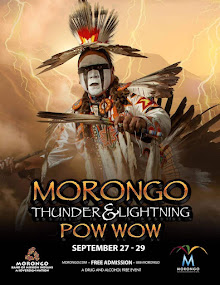













































































































































No comments:
Post a Comment